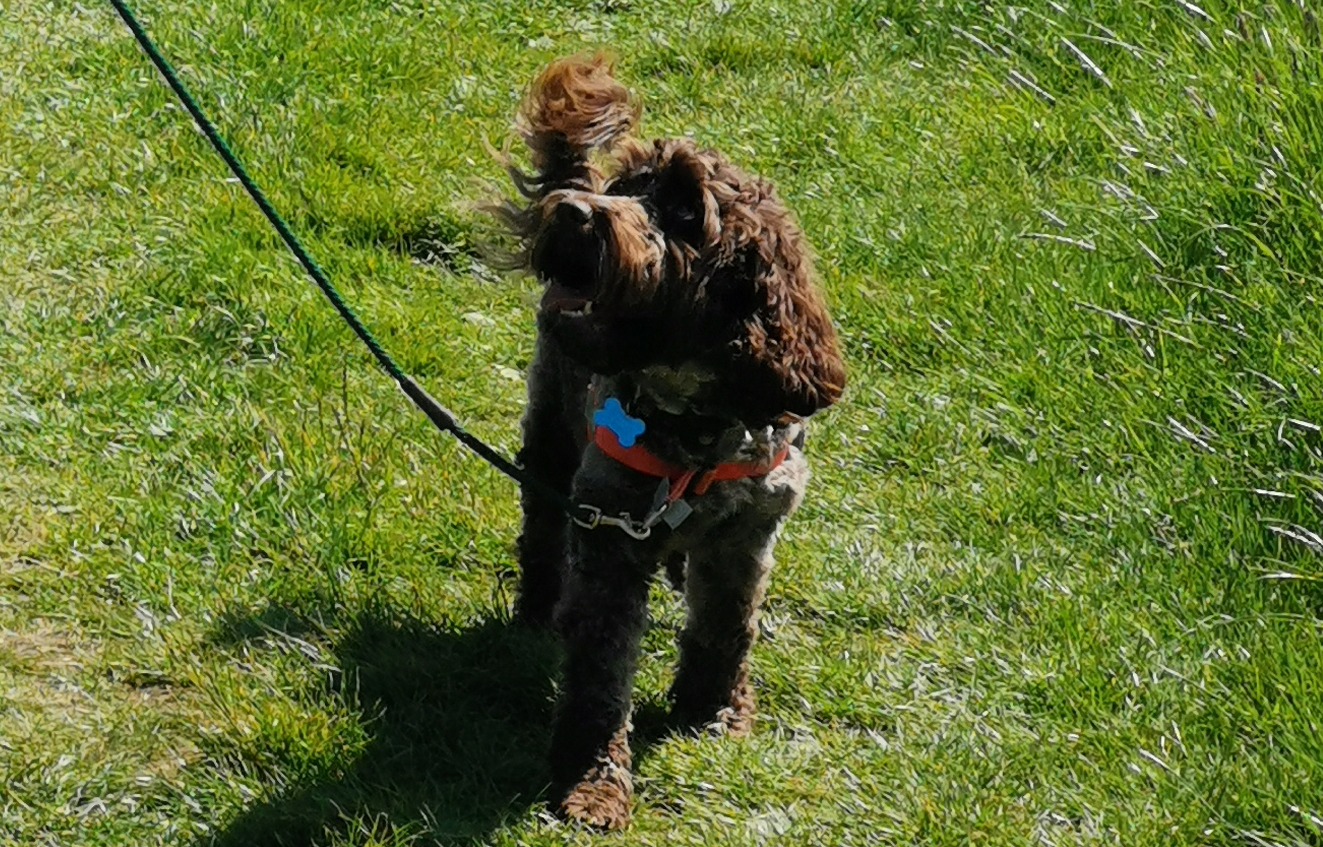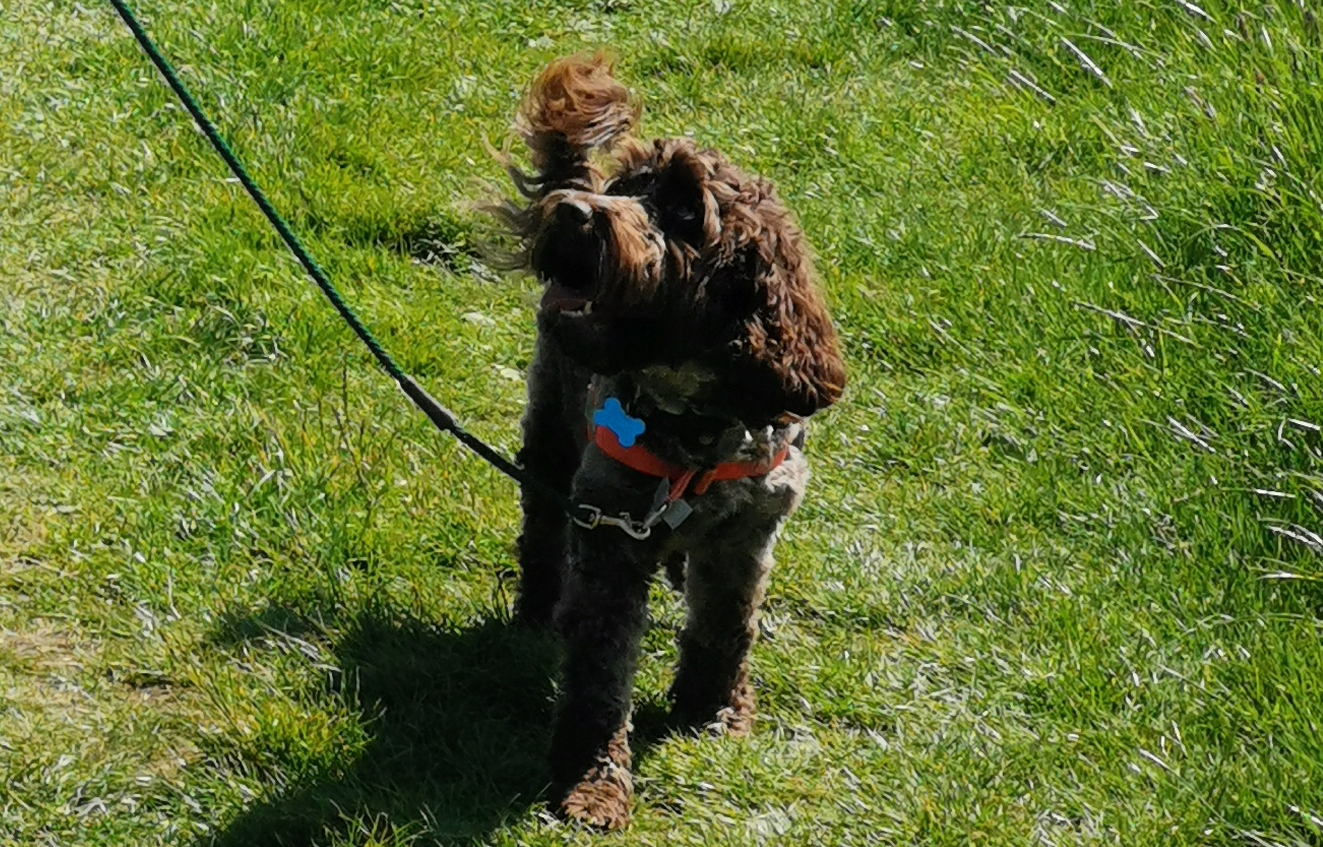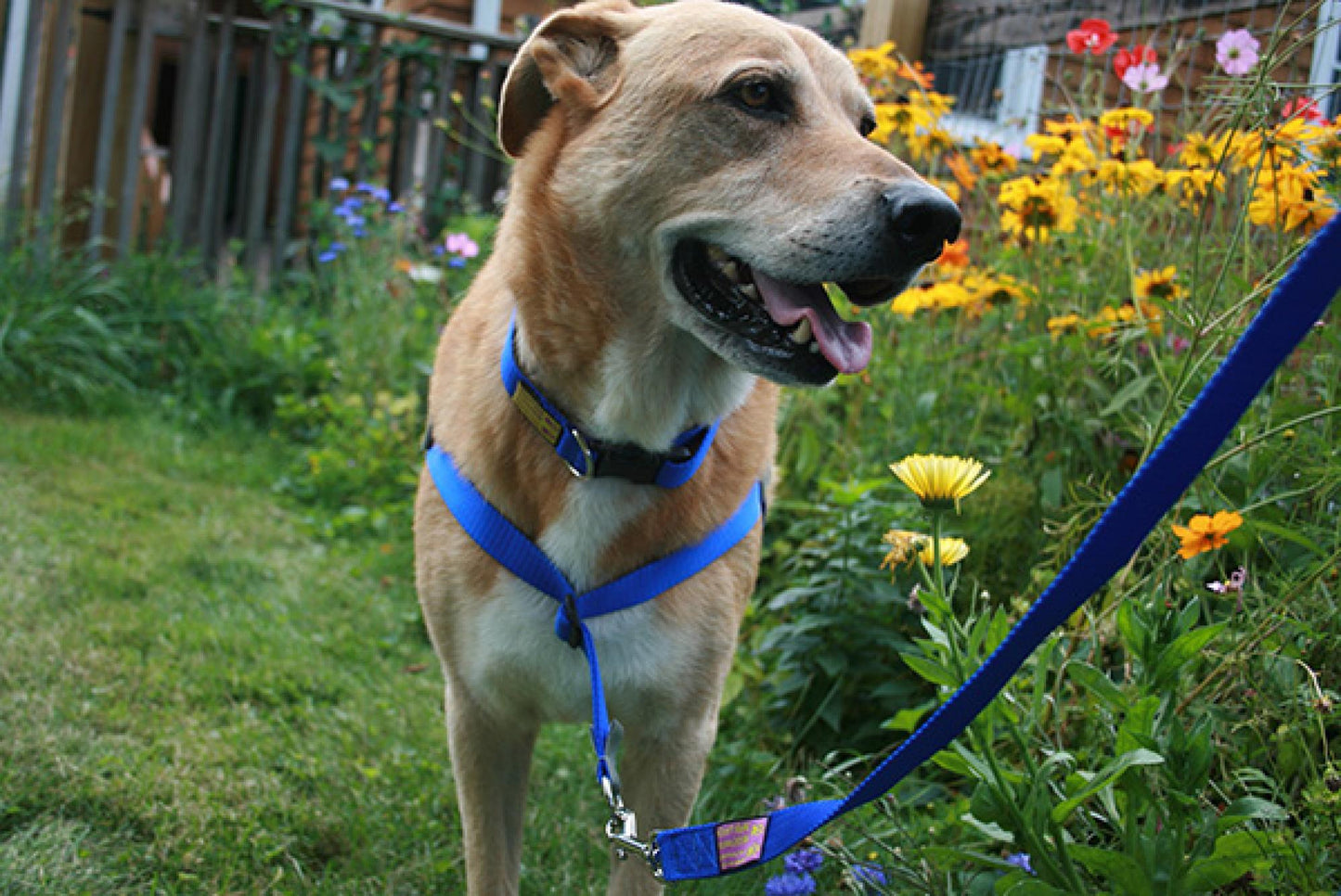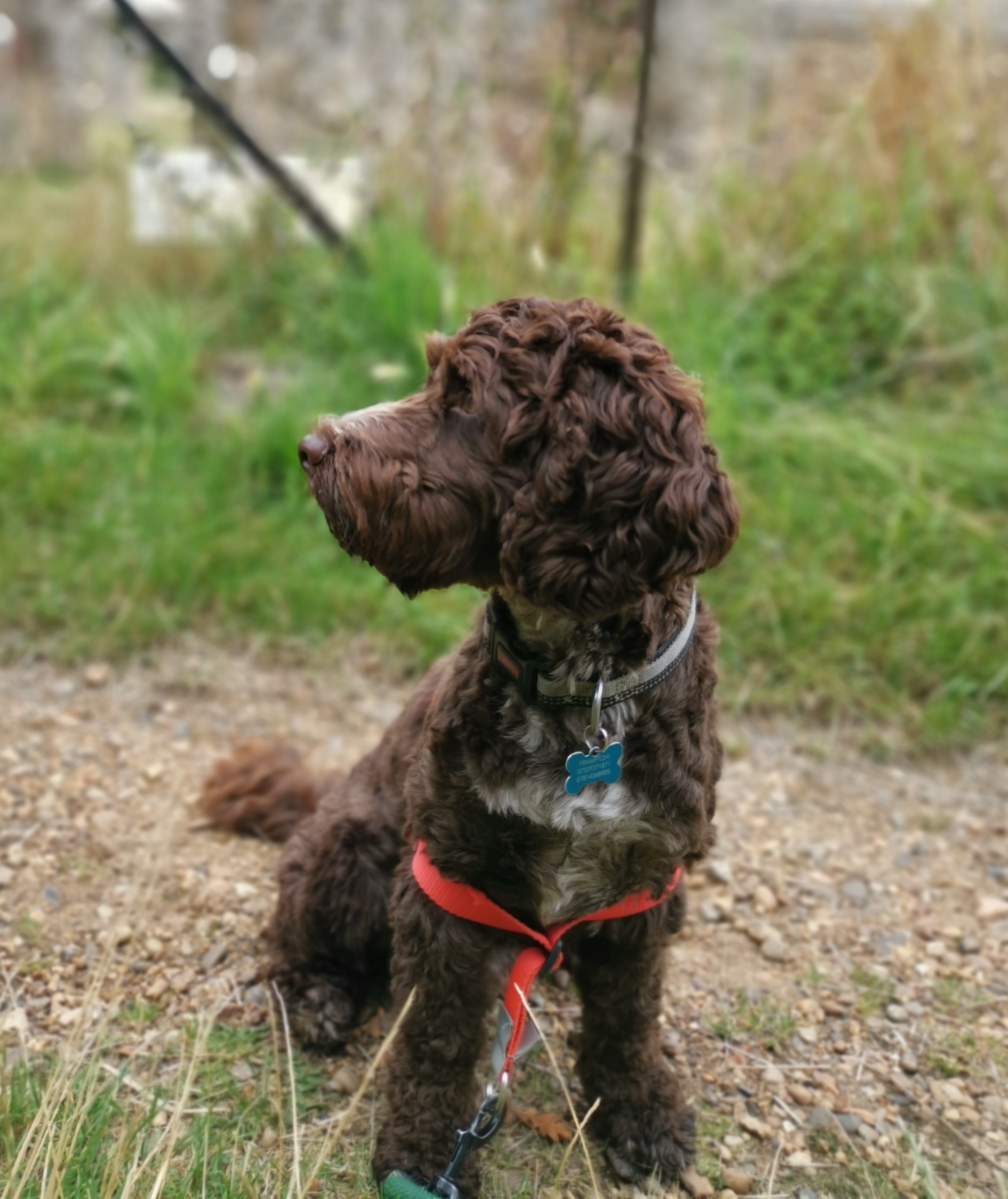Getting started walking your dog in the mountains
It's a rewarding experience to spend a day in the hills with your dog. Most dogs have an insatiable desire to walk and roam across ridges, plateaus, and moorland. And exploring the hills with your dog will provide you with a lifetime of happy memories.
However, keep in mind that you are entirely responsible for your dog's safety and well-being while on the hill. Dog owners must also ensure that their dog does not bother other animals. During the bird breeding season (usually April to June), keep your dog under close control or on a short lead in areas such as mountains, moorland, forests, grassland, loch shores, and the seashore.
This is a short guide for those who are just starting out in the hills with their dogs, preparing them to live up to their responsibilities to both the dogs and the natural environment.
What dog breeds are most suited for mountain walking?
Some breeds are more suited to hill walking than others. Collies, spaniels, and Labradors are medium-sized dogs that are athletic enough to run all day in the hills. However, with enough preparation, any breed of dog can be trained to be an excellent mountain companion.
Owners of small or large breed dogs and puppies should seek advice from their veterinarian or a qualified dog trainer on the appropriate age to begin taking their dogs into the mountains, as this varies by breed. A dog's bones, joints, and soft tissues develop rapidly during the first 6-12 months of life, and it is critical not to over-exercise young dogs during this time to avoid long-term skeletal damage.
Dog Fitness
Dogs, like their owners, require time to build up their fitness so that they can manage a long day in the mountains over rough terrain.
Begin with short days and gradually increase the time, distance, and ascent as your dog gains fitness. Allowing your dog time to recover after a day on the hills is also important, as doing too much too soon can result in muscle and soft tissue injuries.
Paw Toughness
Toughening up your dog's paws is an important part of getting them ready for the hills. When exposed to rough rocky terrain in the mountains, a dog used to being walked in fields or parks will have soft paw pads that will easily be cut and grazed.
Build up their paw pads by walking on pavements, paths, and land-rover tracks. Increase the amount of time a dog spends on rocky terrain gradually, and the pads will toughen naturally without injury.
Gabbro and quartz are extremely likely to injure your dog's paws and should be avoided until the dog has 'paws of steel.'
Dog boots appear to be a good idea, but dogs dislike wearing them, and they are prone to rubbing and slipping, causing the pads to become waterlogged and soft, making them more susceptible to injury. There is no substitute for naturally toughening the paws.
Dog recovery times
Although dogs are natural athletes, they are subject to the same wear and tear and fatigue that we do after a day on the hill. Learning appropriate massage techniques will aid your dog's recovery from a hill walk while also allowing you to check for ticks, lumps, bumps, and cuts. A qualified Veterinary Physiotherapist or T-touch Practitioner can teach you how to perform massage therapies on your dog.
Equipment to walk your dog with love in the mountains:
A small amount of extra equipment is recommended when taking your dog out for a day in the hills.
- A collar with a name tag and owner contact information, as well as a lead, are required.
- Harness
- Dog whistle (if trained)
- Water, although it is likely that there will be streams or rivers, it is essential to have an emergency supply of water in case no water is available.
- A dog light is a great way to make your dog visible in low-light, cloudy, or misty conditions, or when walking at dawn or dusk. Clip-on lights or collars are recommended.
- Poo bags to take his business home with you and a air-tight container to ensure the smell doesn't follow you all day long!
- A waterproof jacket is recommended as even the toughest dogs can become wet and cold.
- There should be plenty of old towels in the car because your dog will be wet and/or muddy when you return.










